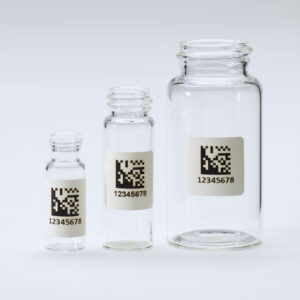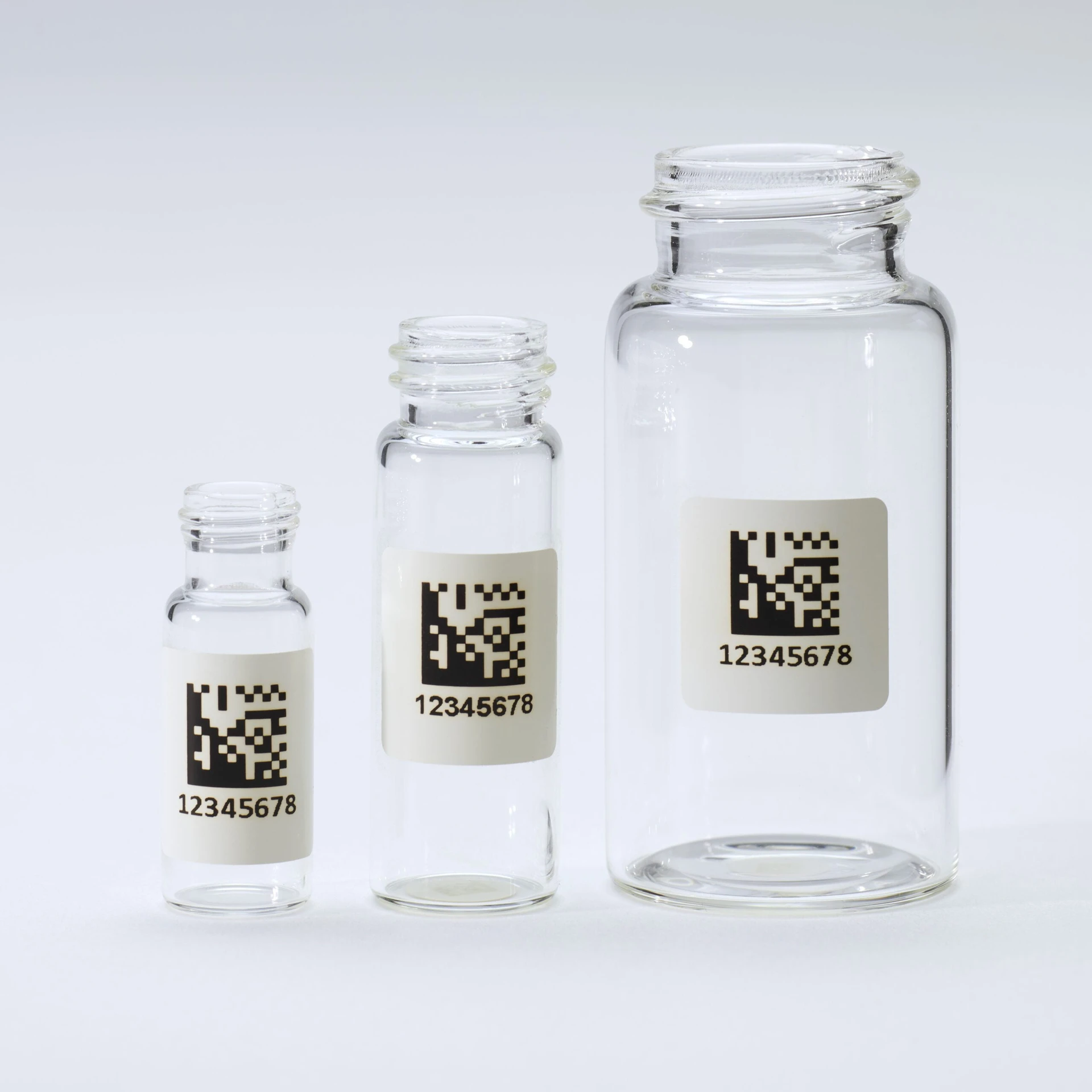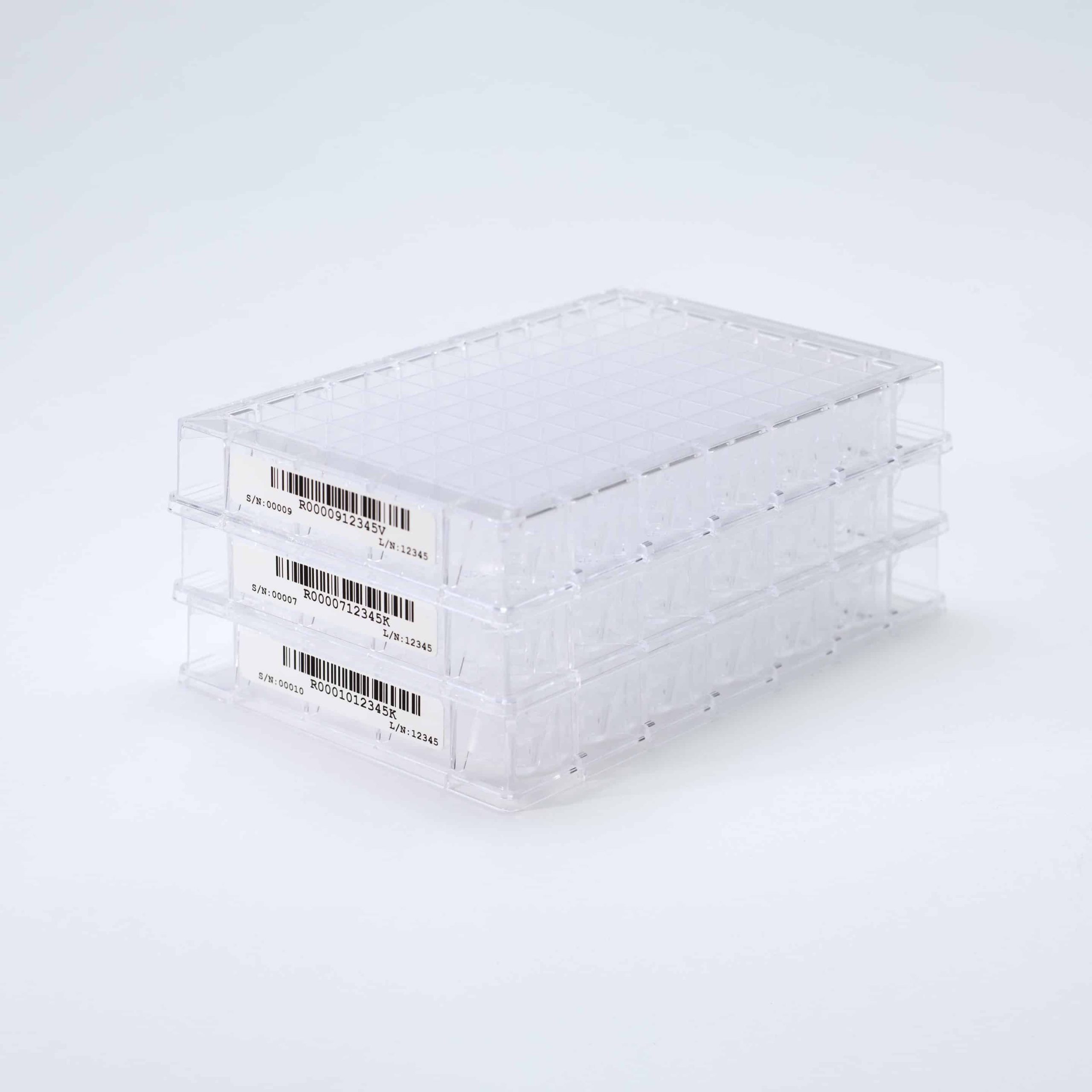In the quest for environmental sustainability, laboratories often find themselves at a unique crossroads. On one hand, their pursuit of scientific discovery and innovation drives the need for cutting-edge research, experimentation, and analysis. On the other hand, these very activities can generate significant environmental impact, from energy consumption to waste generation. However, one aspect that is often overlooked in the discourse on lab sustainability is the crucial role that identification and labeling procedures play in achieving environmental goals. In this article, we delve into the intricate relationship between lab practices, sustainability efforts, and the impact of identification and labeling procedures.
The Importance of Sustainable Lab Practices
Before delving into the specifics of identification and labeling, it’s essential to understand why sustainability matters in laboratory settings. Laboratories are known for their high energy consumption, extensive use of resources, and generation of various types of waste, including hazardous materials. As such, they have a considerable environmental footprint that cannot be ignored.
However, with increasing awareness of environmental issues and regulatory pressure, many labs are now striving to adopt more sustainable practices. These efforts encompass a wide range of initiatives, including energy-efficient equipment, waste reduction and recycling programs, and the use of environmentally friendly materials.
Sustainable lab practices not only benefit the environment but also offer economic advantages. By reducing energy consumption, minimizing waste generation, and optimizing resource usage, labs can lower operating costs and enhance overall efficiency. Moreover, adopting sustainable practices enhances the reputation of labs and institutions, demonstrating a commitment to responsible stewardship of resources.
Identification and Labeling: A Hidden Catalyst for Sustainability
While lab sustainability efforts often revolve around energy conservation and waste reduction, the role of identification and labeling procedures should not be underestimated. Every sample, reagent, and chemical used in a laboratory requires proper identification and labeling for accurate tracking, safety compliance, and experimental reproducibility. However, the materials and methods used for labeling can have significant implications for sustainability.
Traditional labeling methods often rely on single-use plastic labels, adhesive stickers, and other consumable materials. While these methods may seem convenient, they contribute to plastic waste generation and environmental pollution. Moreover, the production and disposal of these materials further exacerbate the environmental impact, including carbon emissions and resource depletion.
In contrast, sustainable labeling solutions offer an alternative approach that minimizes environmental harm while ensuring effective sample management. These solutions encompass a variety of strategies, including the use of reusable or recyclable materials, digital labeling technologies, and eco-friendly inks and adhesives. By prioritizing sustainability in identification and labeling procedures, labs can align their operational practices with broader environmental objectives.
Permanent Labeling Solutions: A Sustainable Alternative
In traditional lab setups, the ubiquitous presence of disposable labels on sample tubes, bottles, and containers contributes to plastic waste accumulation and environmental pollution. However, by embracing permanent labeling solutions, labs can break free from this cycle of waste generation. Permanent labeling involves directly marking labware with barcodes, QR codes, or other identifiers using laser etching, engraving, or specialized inks.
This approach offers several compelling benefits for sustainability:
- Waste Reduction: By eliminating the need for disposable labels, labs can significantly reduce the volume of plastic waste generated during experiments and sample management activities. Permanent markings remain intact throughout the lifespan of labware, ensuring long-term traceability without the environmental cost of single-use materials.
- Resource Conservation: Permanent labeling solutions promote the reuse of labware, minimizing the demand for new materials and reducing resource consumption. With virtual barcodes or identifiers directly integrated into the surface of glassware or plastic containers, labs can extend the lifespan of their equipment while maintaining accurate sample tracking capabilities.
- Enhanced Durability: Unlike adhesive labels that can degrade over time or become detached, permanent markings offer superior durability and resistance to environmental factors such as temperature fluctuations, chemical exposure, and mechanical stress. This ensures reliable sample identification and tracking, even under demanding laboratory conditions.
- Cost Savings: While the initial investment in permanent labeling equipment or services may be higher than purchasing disposable labels, the long-term cost savings can be substantial. By avoiding the ongoing expense of purchasing and replacing disposable labels, labs can realize significant cost efficiencies over time.
Implementing Permanent Labeling Solutions
Transitioning to permanent labeling solutions requires careful planning and consideration of various factors, including equipment compatibility, material compatibility, and data management requirements. Labs can follow these steps to effectively implement permanent labeling solutions:
- Assess Equipment Compatibility: Evaluate existing laboratory equipment, including sample storage systems, barcode readers, and data management software, to ensure compatibility with permanent labeling methods. Consult with equipment manufacturers or specialized suppliers to identify suitable solutions tailored to the lab’s needs.
- Choose Suitable Marking Techniques: Select appropriate marking techniques based on the type of labware and material properties. Laser etching, engraving, and specialized inks offer versatile options for permanent marking on glass, plastic, and other surfaces. Consider factors such as readability, durability, and compatibility with sample handling procedures.
- Develop Standardized Procedures: Establish standardized procedures for marking labware, including guidelines for location, size, and format of permanent identifiers. Train lab personnel on proper marking techniques and ensure consistent implementation across all laboratory activities.
- Integrate Data Management Systems: Implement integrated data management systems to link virtual barcodes or identifiers with sample information, experimental data, and metadata. Ensure seamless integration with existing laboratory information management systems (LIMS) or electronic lab notebooks (ELNs) to streamline data capture and analysis workflows.
- Promote Sustainability Awareness: Foster a culture of sustainability among lab personnel by raising awareness of the environmental benefits of permanent labeling solutions. Encourage staff participation and engagement in sustainability initiatives, and highlight the positive impact of reducing plastic waste and resource consumption.
By embracing permanent labeling solutions, laboratories can take significant strides towards achieving their sustainability goals while maintaining the highest standards of sample management and experimental integrity. Through innovation, collaboration, and a commitment to responsible stewardship of resources, labs can lead the way towards a greener and more sustainable future for scientific research and discovery.
In the pursuit of environmental sustainability, laboratories play a pivotal role in driving innovation and advancing scientific knowledge. By reimagining identification and labeling procedures through the adoption of permanent labeling solutions, labs can usher in a new era of sustainability and responsibility. Through the elimination of disposable labels and the promotion of reusable labware, labs can significantly reduce their environmental footprint while maintaining the highest standards of sample management and experimental integrity.
Connect with our labelling experts today
Blog article form
"*" indicates required fields





